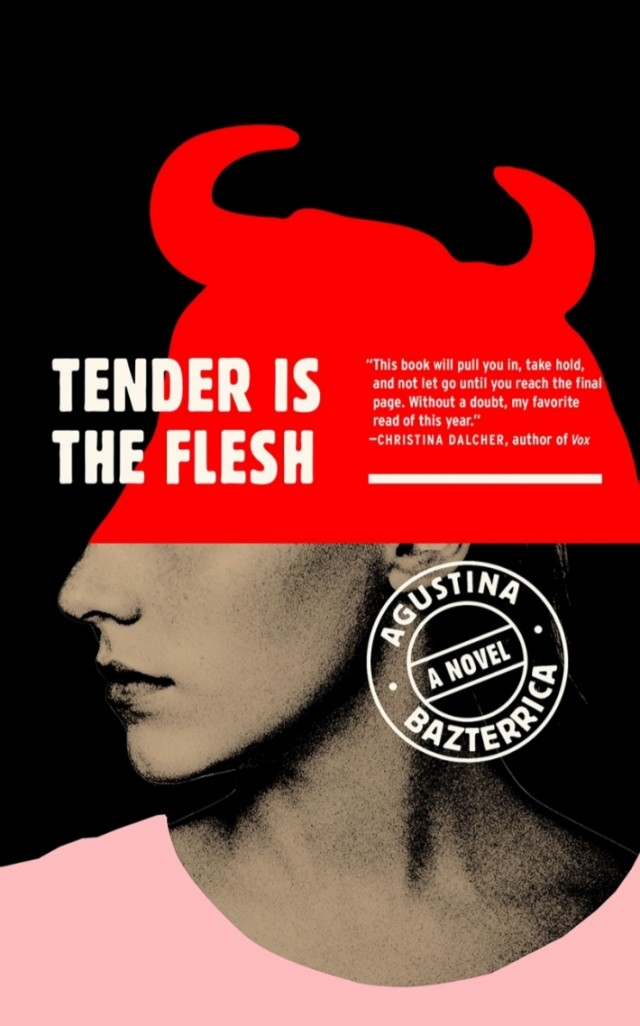
(Strong males and pregnant females are most in demand.) And upper-class kitchens have “cold rooms” where families keep living heads and cut pieces from them to serve for dinner. High-quality “heads” are hunted and eaten at luxury game reserves for the rich. Throughout the novel, the reader follows Marcos on his “meat runs.” Breeding centers, processing plants, and butcher shops exist for the slaughter and distribution of human meat. Marcos and his family members are reacting in their own ways to “the Transition”-the recent period of this dystopian world in which cannibalism became the norm. His distraught wife lives at her mother’s, his sister is a social-climbing burden, and his father is succumbing to dementia in a nursing home. Marcos lives his life on autopilot, doing what he needs to do to survive one day at a time. The story centers around Marcos Tejo, a respected processing plant worker who is emotionally broken after his baby’s death. Governments have legalized cannibalism (which has the added benefits of curbing overpopulation and reducing poverty), and factory farms have reopened for the breeding, slaughter, and processing of humans.

Societies around the globe, rather than shifting to vegetarianism, continue to demand meat at alarming costs. A virus has decimated the world’s animal population.

In Tender is the Flesh, Agustina Bazterrica expertly crafts a horrifying reality that feels too contemporary to be the future.


 0 kommentar(er)
0 kommentar(er)
